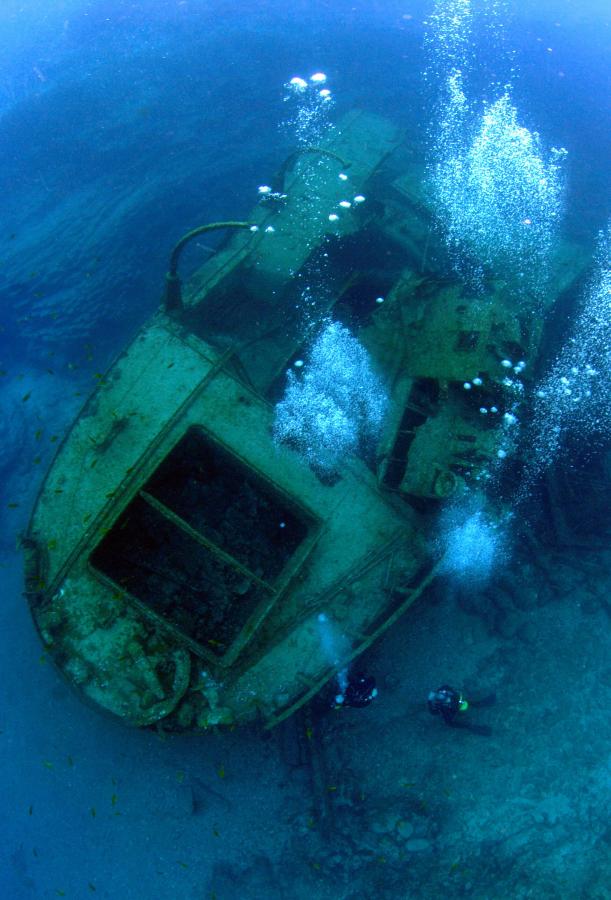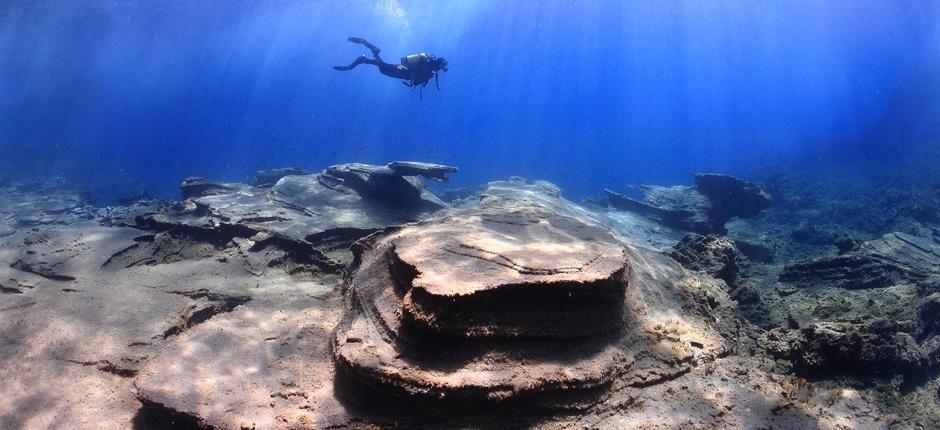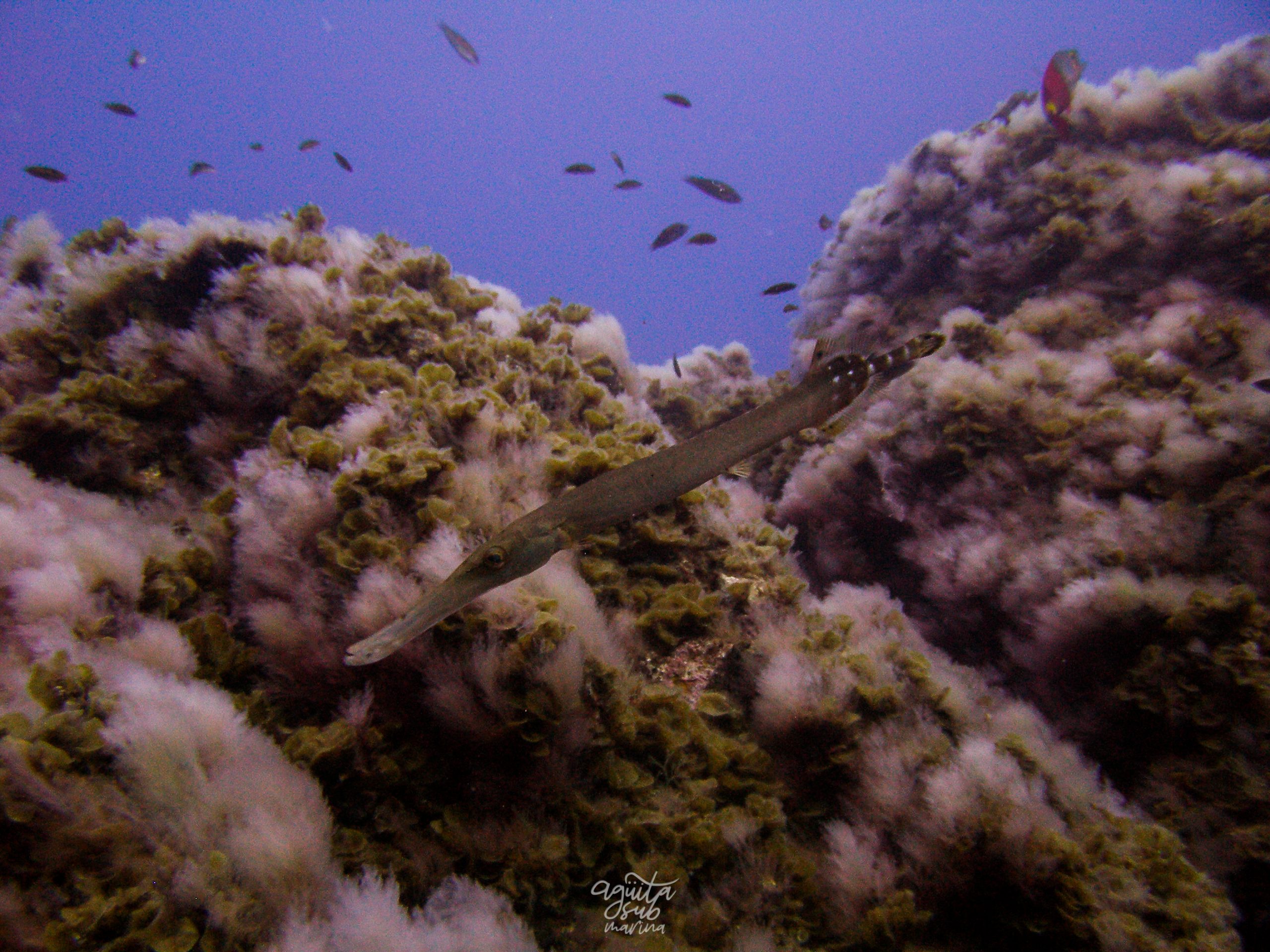Tenerife, the diving capital of Spain
By Marina Tortosa (@aguitasubmarina)
It is true that, at BIOSEAN Whale Watching & Marine Science, cetaceans are our specialty, but… it’s not all about whale watching. Tenerife has many other wonderful experiences to offer us, and that’s why we like to get away from time to time and tune up our equipment to keep in touch with the big blue from another perspective: diving in it. Our island offers great diving possibilities under a volcanic environment and excellent visibility and temperature conditions. Would you like to get to know the marine biodiversity of the archipelago with us? Read on!

A normal diving day with BIOSEAN
Signing up for a dive trip with BIOSEAN is quite simple. No waiting, no hassle. Just contact us, by mail, by phone or by filling out the form on our website. As you know, we are not a diving center, but a company specialized in whale watching. However, in addition to marine biologists, we are a club formed by real diving professionals, so we will be happy to organize an outing to the sea from time to time to enjoy a fantastic dive with friends. In this way, we assure you a safe dive, tailored to your needs, personalized and without crowds. A quality service to be able to learn a little more in each dive and enjoy the marine environment with total tranquility.

The “Calderón” is ready to sail from the cozy port of Las Galletas, south of Tenerife. The sea; calm, although in this part of the island the breeze usually picks up after midday. We sail leisurely, enjoying the ride and keeping our eyes open: if we are lucky, we may encounter a group of pilot whales or dolphins on the way to the dive site. Our CEO and Master Scuba Diver Trainer, Misael Morales (@misael.morales.vargas) knows the best dive spots on the island and, depending on the sea conditions, will know which will be the perfect place to enjoy a good day of diving. Montaña Amarilla, Los Chuchos, Cueva del Palmar… in this area of the island, we have several options for all types of divers.
Once we dropped the anchor, we begin to prepare our equipment. After putting the mask on our face and the regulator in our mouth, we plunge into the immense blue surrounding the Canary Islands. The OK hand signal indicates the beginning of the descent to the anchor, the adventure is about to begin!
The best dive sites of the island
Sandbanks, steep bottoms, volcanic caves, tunnels, ledges, large cliffs dropping hundreds of meters… Paradise for countless marine species and for us, divers passionate about biodiversity and underwater geological landscapes. We present you some of the most special dive sites in the southern part of the island:

- El Condesito: This is a 30 meter long wreck that ran aground off the coast of El Palm-Mar in 1971. It is currently sunk on an underwater platform of about 15-20 meters. It is common to find fire worms, scorpion fish, lizard fish, bream, trumpet fish, scorpion fish and catalufas hanging around the ship. If we pass the rocky platform and continue diving in the direction of the sandy bottom, we will have the opportunity to see some stingrays and tapaculos.
- Punta Rasca Lighthouse: halfway between Las Galletas and Los Cristianos rises the Punta Rasca lighthouse, the southernmost point of the island of Tenerife. The area offers different itineraries depending on the experience of each diver and the sea and wind conditions. If you pay attention, you will be able to see abbots, schools of barracudas, black corals, rays and drumlins, among many others. Besides being experienced divers, we are marine biologists, so we can help you with species identification. If you are interested in marine geology, you have nothing to worry about: in the area there are numerous arches, tunnels and small caves with easy access. The more experienced diver will have the option to dive deep down the rocky slopes that descend to over 50 meters.
- Los Chuchos: The name of this spot is given by its famous protagonists: the round fantail stingray. With a maximum depth of 25 meters, this dive site is excellent for beginner divers looking for an easy, entertaining and full of marine life dive. Large concentrations of fish such as bream, grunts and salema fill even the most secluded spaces. With a little luck, we may also encounter a loggerhead or green turtle. We must not forget to look in the many ledges and small caves present in this area, perhaps octopus and moray eels may be hiding.
- Montaña Amarilla: This coastal hill formed by yellow volcanic ash creates an underwater lunar landscape unlike anything you have ever seen before. The dive can be done from land or by sailing just a mile and a half by boat from Las Galletas. The average depth is 15 meters and a maximum of 25 meters, the currents are weak, and we can find a lot of caves and terraces where you can find catalufas, moray eels and octopuses. The rock formations are covered with yellow sponges that accentuate the sensation of being on another planet; with a little luck, a common stingray, an angel shark or a green turtle may cross our path!
- Cueva del Palm Mar: also known as Cueva de Las Morenas, with a rocky platform at 17 meters deep and a white sandy bottom full of garden eels that exceeds 30 meters deep. A dive recommended for more experienced divers looking to discover the hidden treasures in these waters… On the sandy bottom it is easy to see large black stingrays, mouse rays and some turtles feeding nearby.
These are just some of our favorite places to spend a good day of diving in the south of the island. Do you dare to discover them with us?

The marine biodiversity of the canaries: much more than cetaceans
The Teno-Rasca Marine Strip, in the southwest of Tenerife, is a unique place as far as marine biodiversity is concerned. As we previously told in one of our articles, this area of the island was recently catalogued as a Whale Heritage Site by the World Cetacean Alliance (WCA), due to the presence of more than a third of the cetacean species currently known in the world. If you want to know more about these species and their identification, do not hesitate to read the article published in our blog.

However, Tenerife’s biodiversity is not only made up of cetaceans. Previously, this area was designated in 2011 as a Special Area of Conservation (ZEC) by the Natura 2000 Network for the more than 800 species of fish, crustaceans, echinoderms, mollusks and cnidarians that can be found in its waters. The location and morphology of the island and its interposition to the currents cause the upwelling of deep waters full of nutrients, making this area an oasis of biodiversity. Although the best known species are fish such as the vieja, conger eel, moray eels and wreckfish, the area is also home to a diversity of algae and plants, burgados, sponges, starfish and crabs, among others. Some twenty different underwater habitats have been identified, from sebadales near the coast to coral gardens and gorgonians in deep waters.
Seabirds are also widely represented in the southwest of Tenerife. This area is a place of extraordinary importance for feeding species such as shearwaters, petrels, storm petrels, terns, gulls or herons, so this area is also considered a Special Protection Area for Birds and is part of the ZEPA of Gomera-Teno.
However, as the writer and photographer Angel Vallecillo stated in his documentary Mar de Nadie about the marine biodiversity of the Canary Islands, “trying to enclose the sea on a screen is impossible”. For us, describing the diverse species and seabed of the island in a single article is also unfeasible. Therefore, we encourage you to get to know the Canary Islands marine treasures first hand in an unforgettable diving experience with real marine biologists and diving professionals with BIOSEAN Whale Watching & Marine Science.

Keep up to date with what’s happening at sea by visiting our social networks: Instagram (@biosean_), Facebook, YouTube and LinkedIn.
See you soon in the big blue!